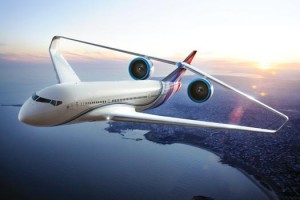Bringing in the boom, the U.S. Navy are packing bigger guns then every before. The USS Zumwalt takes control by being twice as heavy and over 100 longer than any destroyer in the Navy’s arsenal. The sleek figure negates 50 times more radar signature than any other carrier equal to one of a fishing boat. On top of being invisible, its mass because of its deadly firepower. State-of-the-art technology has turned their shells into trajectory changing rockets aligned with GPS-guided technology. Turning this massive battering ram to the future takes incredible power. At 30 knots and full power, this machine consumes 58 megawatts, yet continues to produce 78 megawatts. The dual 35 megawatt induction motors are the driving force behind this energy sucking computer. Other systems like radar detection, Sm-2 antiaircraft missiles, surface-targeting Tomahawks, and missile-destroying ESSM interceptors will continue to consume power, but never enough to drain the generators. The USS Zumwalt controls open water territory in the Pacific as the US continues to watch North Korea. This $3 billion untested amphibious-ready ship must take action before the U.S. is confident in mass producing this war machines. Only time will tell to see if this slick machine is what our troops need to be in the next generation intervention.
Sources:
Popular Science, Oct. 2012. Invisible. Invincible. Destroyer

